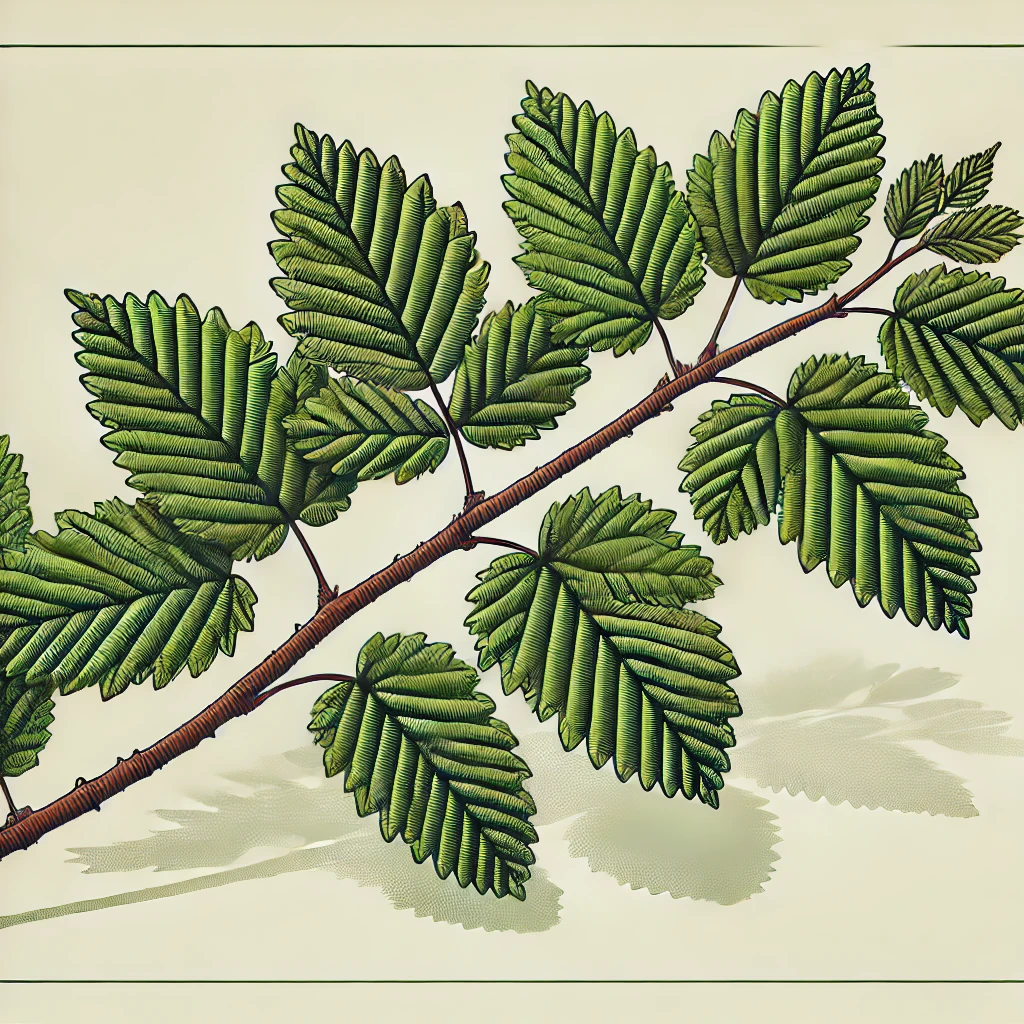Slippery Elm Bark (Ulmus rubra)
✔️ Digestive health – Acts as a demulcent (forms a soothing, protective coating over mucous membranes) and a prebiotic (supports beneficial gut bacteria), making it beneficial for acid reflux, ulcers, leaky gut, and general digestive irritation.
✔️ Throat & respiratory support – Functions as an expectorant (helps loosen mucus), a demulcent (soothes inflamed tissues), and an anti-inflammatory, making it useful for soothing sore throats, coughs, and bronchial irritation.
✔️ Urinary tract health – Provides a cooling, mucilaginous coating to ease urinary tract irritation, supporting bladder health and comfort.
✔️ Skin & wound healing – Works as a vulnerary (promotes wound healing) and a natural emollient (moisturizes dry or damaged skin), traditionally used for burns, wounds, ulcers, and dry skin conditions.
✔️ Nutrient absorption & gentle nourishment – High in mucilage (a gel-like fiber that provides slow-release nourishment) and traditionally used as a survival food due to its ability to support nutrient absorption when digestion is weak.
✔️ Hydration & dryness relief – Helps restore moisture to dry tissues, including dry skin, irritated mucous membranes, and inflamed digestive or respiratory tissues.


